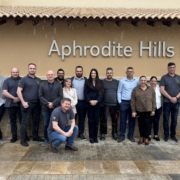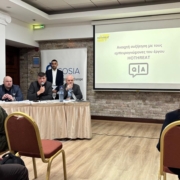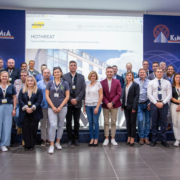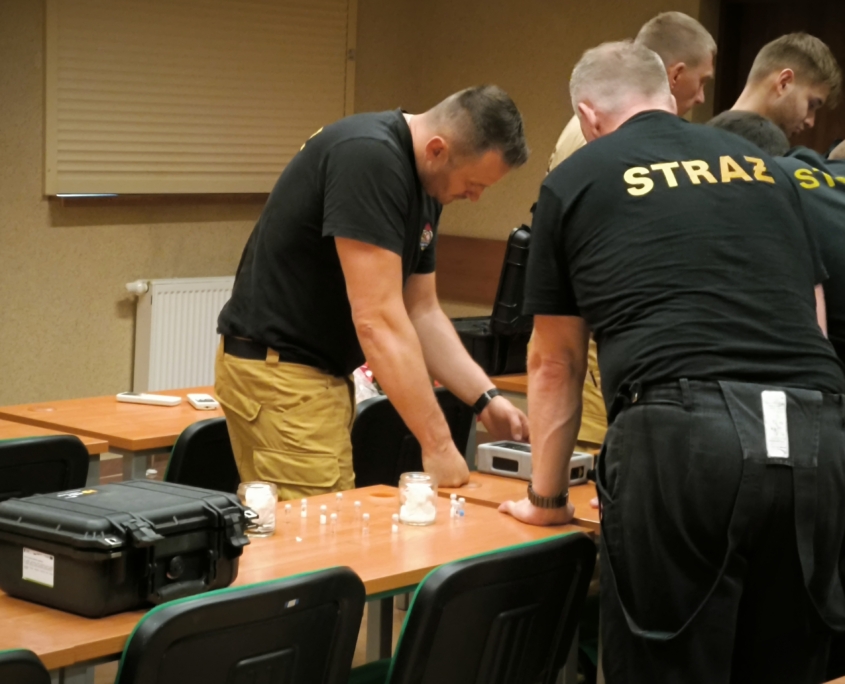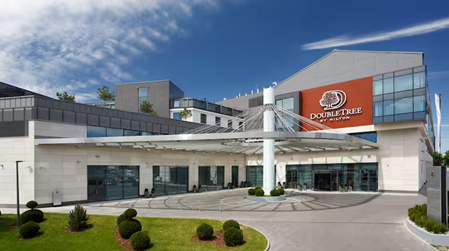Training and Validation Visit at Aphrodite Hills Resort
On 11 April 2025, experts from the Biohazard Prevention Centre of Faculty Biology and Environmental Protection of the University of Lodz, Sigoria, and Dynamic Safety Corporation, in collaboration with Aphrodite Hills Resort, conducted a comprehensive training session and validation visit for hotel staff in Kouklia, Cyprus, as part of the HOTHREAT project.
Aphrodite Hills Resort is a world-renowned, multi-award-winning destination for golf, leisure, and luxury living. The resort features the 5-star Aphrodite Hills Hotel by Atlantica, offering 290 rooms set amidst beautifully landscaped gardens, with a wide range of restaurants, pools, and sports and leisure facilities.
The event included an introductory training session on CBRN (Chemical, Biological, Radiological, and Nuclear) threats, focusing on prevention strategies and response procedures in the event of a terrorist attack. Participants also received hands-on training in the use of the Augmented Reality (AR) System and mobile CBRN application, designed to support hotel staff in managing CBRN emergency situations.
Hotel managers, security personnel, technical teams, and food services staff took part in an interactive simulation of a CBRN incident, allowing them to test and enhance their practical skills using innovative tools developed within the HOTHREAT project.
Feedback on the usability and effectiveness of the IT solutions and other security measures was collected and will play an important role in further refinement of the project’s outcomes.







